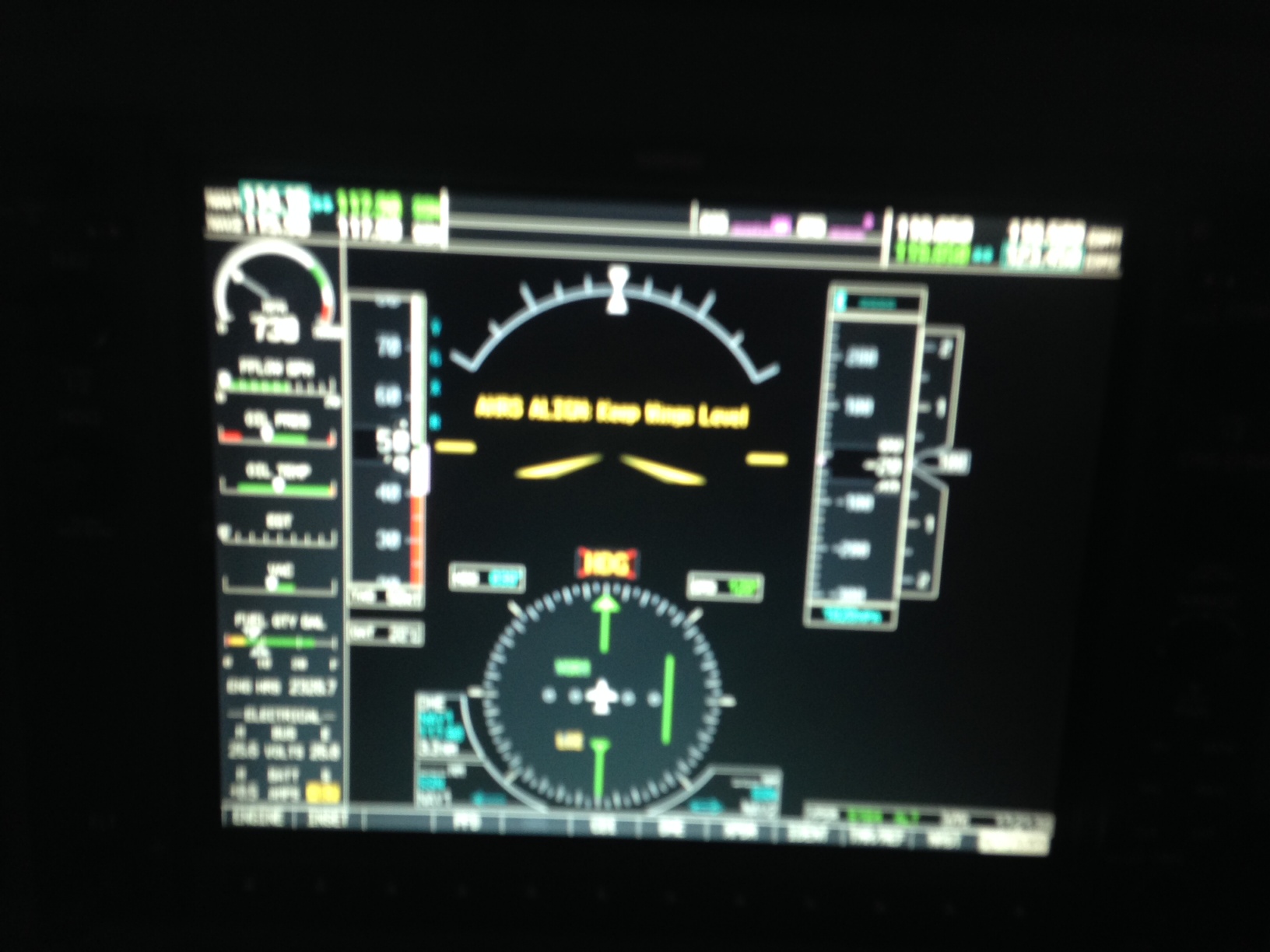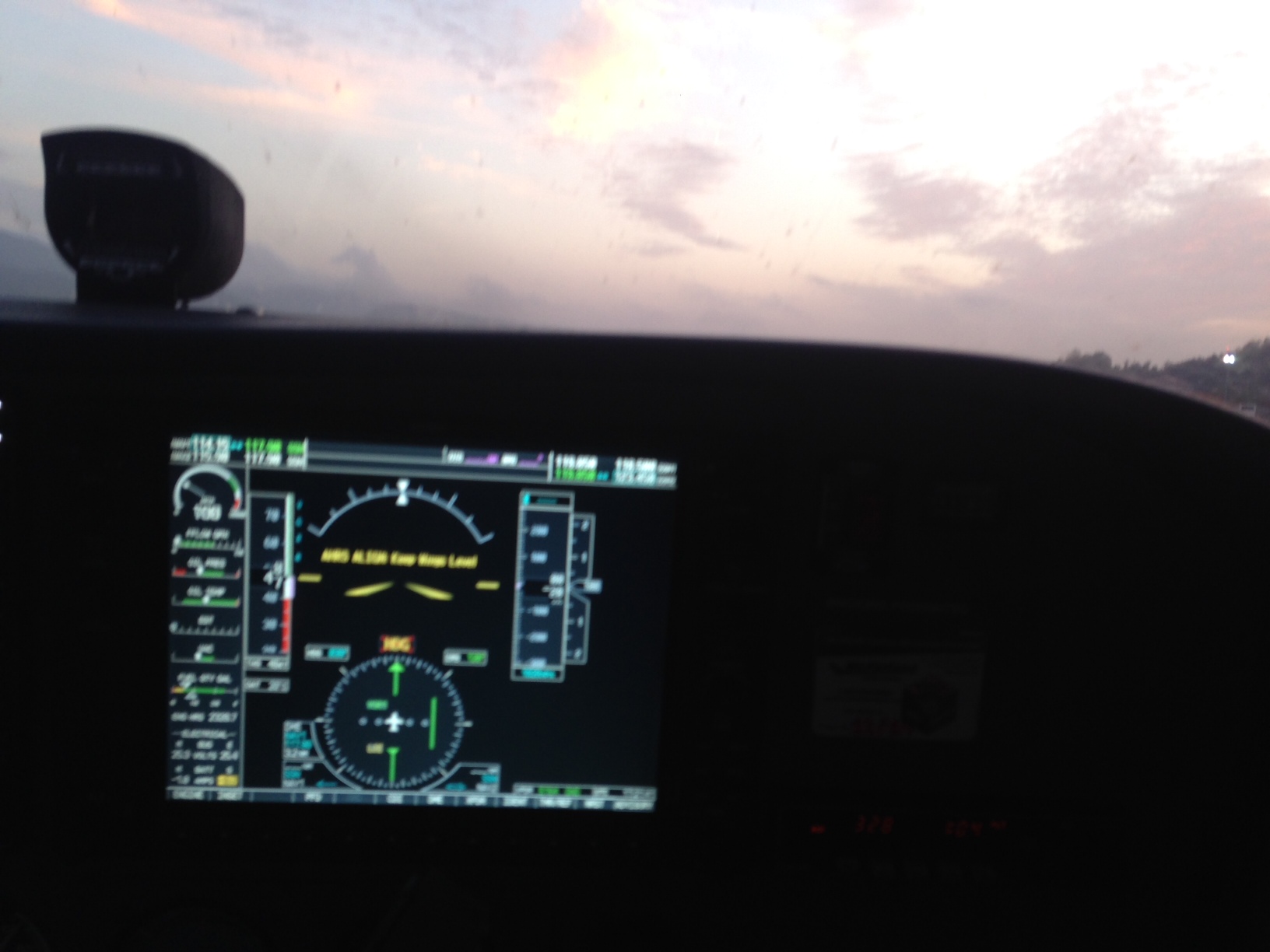Hello everybody!
A couple of months ago this happened during an instruction flight.


Do any of you know why? I haven't found anything on the POH. Is it common?
We were on short final after making a slip (possible cause?).
It went back ok before we reached the parking.
Thank you!
A couple of months ago this happened during an instruction flight.


Do any of you know why? I haven't found anything on the POH. Is it common?
We were on short final after making a slip (possible cause?).
It went back ok before we reached the parking.
Thank you!

